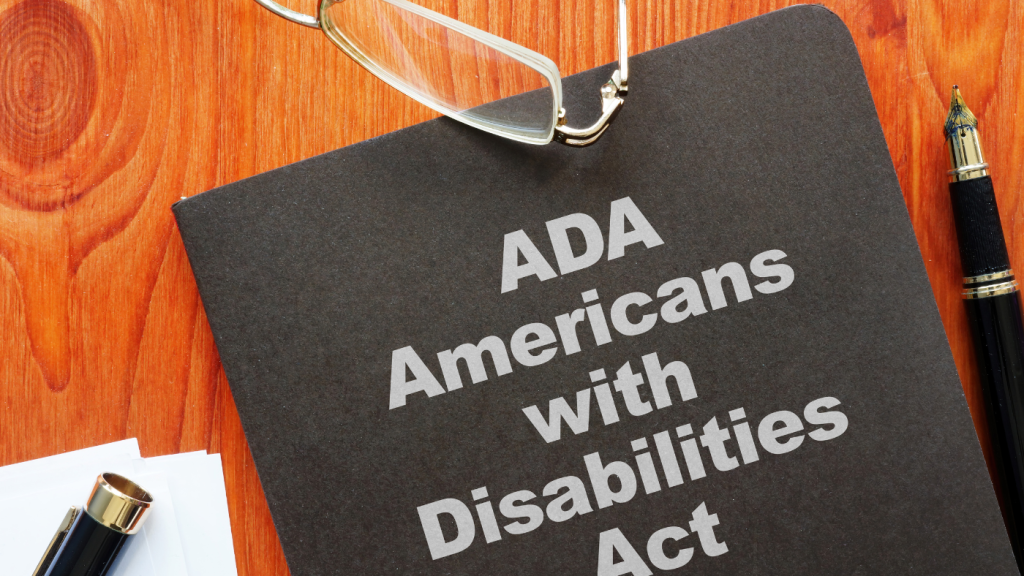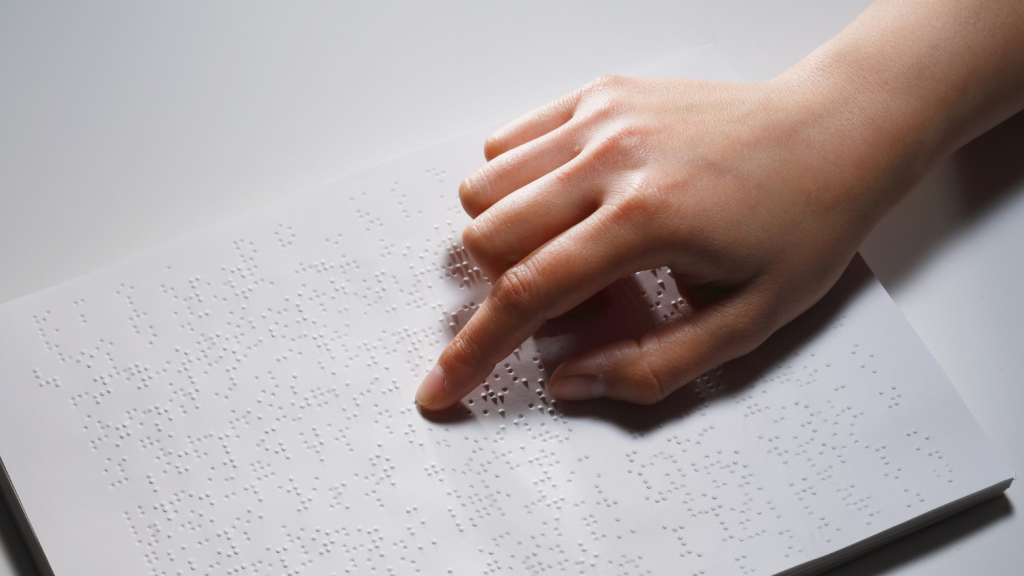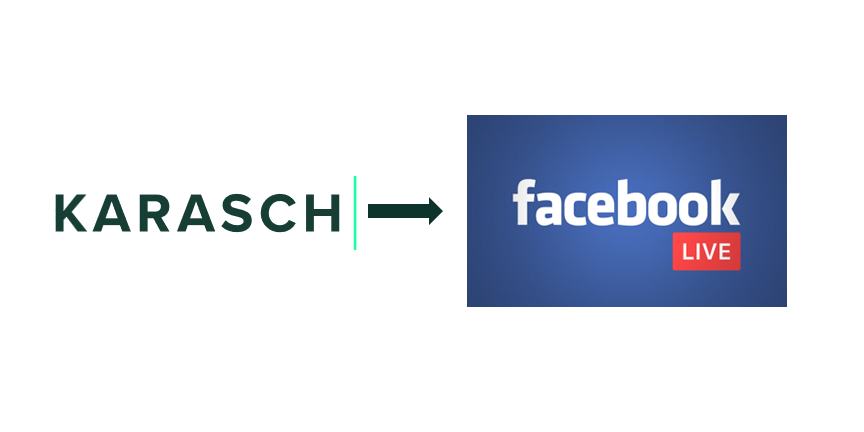The Real Cost of Ignoring ADA Compliance — And How AI Can Get You Sued
From live events to digital content, ADA and 508 compliance protect accessibility—and your reputation. Here’s how to stay ready.
Table of Contents
Every event starts with good intentions. A conference meant to inspire. A workshop designed to educate. A celebration to bring people together.
But good intentions alone don’t turn on accurate captions.
For many Deaf or hard-of-hearing participants, these moments can still feel like closed doors — not because organizers don’t care, but because accessibility can seem like one more item on a never-ending checklist. And in the rush of deadlines, that “one more thing” is often the first to slip.
Accessibility, though, isn’t just about compliance with the Americans with Disabilities Act (ADA). It’s about connection, communication, and respect — showing that everyone in the room, or on Zoom, matters.
And as several major institutions have discovered, sometimes the costliest lessons come from the smallest oversights.

When “Next Time” Becomes Too Late
Take Harvard University and MIT, two places where people can solve equations that take up whiteboards — yet somehow missed the “caption” button on their online lectures.
A few years ago, both faced lawsuits from the National Association of the Deaf (NAD) for failing to provide accurate captions on public course videos.
The irony? These lectures were free and meant to make education accessible to everyone. Unfortunately, “everyone” didn’t include people who couldn’t hear the content.
The case stretched on for years, ending in a high-profile settlement requiring the universities to caption all new and existing content. It was an expensive fix to a problem that could have been avoided with accessibility planning from the start.
The Netflix Case That Rewrote the Rules
Then there’s Netflix, which once argued that because it was an online service, it wasn’t technically a “public accommodation.”
The court disagreed — when you stream entertainment to millions, you are the public. The decision in NAD v. Netflix (2012) set a landmark precedent: the ADA applies to digital platforms, too.
The moral of the story? When inclusion is treated like a bonus feature, it tends to come with bloopers.

In Practice: A Captioning Wake-Up Call
In 2019, Harvard’s settlement became a national wake-up call. The agreement required captions on all new and existing online content and established procedures for future accessibility reviews.
The takeaway? Accessibility can’t wait until the editing phase. For event planners, HR professionals, and educators, that means planning interpreters, captioning, and platform setup right alongside your speakers and schedules. It’s not an extra — it’s essential.

Did You Know? ADA Surprises That Catch Even the Pros
When people think about ADA compliance, ramps and restrooms usually come to mind. But the Americans with Disabilities Act reaches far beyond physical access — and sometimes in ways that even seasoned professionals don’t expect.
1. Medication doesn’t “cancel out” disability.
The ADA requires you to assess a disability as if the person weren’t using medication or assistive devices. Hearing aids, prosthetics, or ADHD medication don’t erase your duty to accommodate.
2. “Major life activities” include thinking, breathing, and concentrating.
Invisible disabilities like anxiety, depression, or neurological conditions can qualify for accommodation just as much as physical ones.
3. “Fairness” to others isn’t a defense.
The ADA doesn’t balance convenience. If someone needs an accommodation, that need stands — even if it changes how things look for others.
4. American Sign Language interpreting can be required instead of captioning.
For many members of the Deaf Community, American Sign Language is their first language, not English. Providing only captions can sometimes be ineffective or even offensive. In those cases, expert ASL interpretation is considered the appropriate and “reasonable accommodation” under the ADA.
5. Masks became an ADA compliance issue.
During COVID-19, employees who relied on lip-reading couldn’t communicate. Cases like Magel v. Southbury showed that written communication or clear masks could count as “reasonable accommodations.”
6. Accessibility under ADA has layers.
Beyond captions and interpreters, there’s Braille CART and Tactile ASL for visually impaired participants. These tools prove accessibility isn’t one-size-fits-all — it’s a spectrum of human connection.
7. You have two legal duties — and the first is to talk.
The ADA requires you to engage in an interactive process before denying an accommodation. Simply ignoring a request can be a violation in itself.
Sometimes the tiniest details — the ones no one thinks about — are what make the biggest difference.

A Different Kind of Story — Accessibility Done Right
Not every ADA story ends in a lawsuit. The City of Austin, Texas, made a simple decision during the pandemic: add real-time captioning and ASL interpreting to every livestreamed public meeting. The result? Higher engagement, better transparency, and a city known for doing inclusion right.
That’s what happens when accessibility becomes part of planning, not an afterthought.

Making ADA Compliance Simple
The easiest way to stay ADA-compliant is to make accessibility part of your process — not a last-minute scramble.
If you’ve ever felt unsure where to start, you’re not alone. Every event has its own mix of platforms, schedules, and people. The key is to design inclusion from the start, not to patch it at the end.

Designing Events That Work for Everyone
Here’s what that looks like in practice:
- ASL Interpreting for events — on-site or remote. Certified ASL interpreters join your sessions — whether online or in person, including virtual events where seamless ASL integration keeps attendees fully engaged.
- Live CART Captioning — real-time and accurate. Real-time captioning keeps everyone in the loop, from Deaf and hard-of-hearing participants to multilingual audiences.
- Post-event accessibility — transcripts and recordings. Make your webinars and workshops ADA-ready for replay by adding professional captions and transcripts.
- Accessibility planning and consulting. From estimating interpreter time to optimizing your event registration forms, you can design ADA compliance into your process instead of reacting to it.
When you integrate accessibility early, you don’t just prevent problems — you elevate participation. Every small step you take toward inclusion pays off in engagement, trust, and lasting impact.
With Karasch, accessibility becomes part of your workflow — quietly handled, seamlessly delivered. Instead of juggling interpreters and captioning requests, you can focus on what your event is really about: connection.
Accessibility Is Not a Burden — It’s a Value
It’s easy to see accessibility as one more task on your list. But when you look closer, it’s clear — accessibility isn’t a rule to follow; it’s a reflection of what your organization values.
And it matters — because in the U.S., about 3.6% of the population, or roughly 11 million people, identify as deaf or have serious difficulty hearing.
Every time you include captions, interpreters, or adaptive aids, you’re not just meeting a standard — you’re saying, “You belong here.”
When participants see accessibility built into your event, they feel it. They remember your conference or training as the one where everyone was seen, heard, and respected. That’s how accessibility quietly builds trust, reputation, and loyalty— and the advantages of professional ASL interpreting are felt immediately in engagement and understanding.
And before long, ADA compliance stops feeling like compliance at all. It becomes part of how you do things — not because you must, but because you can.

When AI Tools Miss the Mark
If you’re using AI-based captioning or transcription tools, it’s smart to:
- Have a professional human proofing service review your transcripts before distribution or posting online.
- Add a professional captioning service for live events or legal, medical, and academic recordings.
- Check your platform’s accessibility accuracy rate — ADA compliance typically expects around 99% accuracy for captions, which human captioning professionals guarantee, while AI-generated captions cannot. Professional services also provide transparent CART captioning pricing, which often costs less than post-event editing.
- Are you using AI captions? Add ASL interpreting simultaneously to ensure the Deaf Community is included.
AI is a wonderful tool — but it’s not a compliance strategy. The safest approach combines automation’s speed with human expertise, ensuring your content is both inclusive and legally sound.

The Allure of Automation
It’s tempting to think, “We’ll just let AI handle it.”
After all, automated captions, machine transcription, and voice recognition tools promise instant accessibility at the click of a button.
But here’s the catch: when it comes to ADA compliance, “almost right” can still be legally wrong.
When AI Tools Create New Barriers
AI doesn’t just mishear words — it can misjudge people.
In a recent legal case, Intuit used an automated video interview system by HireVue to assess applicants’ communication skills. But for a Deaf applicant, the platform’s audible instructions lacked subtitles, and the AI couldn’t accurately evaluate her responses.
Even after she requested human-generated captioning as a reasonable accommodation, none was provided. Her rejection feedback focused on her “communication style” and advised her to “practice active listening.”
The lesson is clear: automation without accessibility is exclusion. Under the ADA, failing to accommodate — even within third-party tools — is still a compliance risk.
Where AI Trips Up
AI captioning tools are getting better, but they still struggle with the very moments that matter most — accents, fast dialogue, technical language, overlapping speakers, and industry-specific terminology.
They also trip over punctuation, misinterpret quotes or references in other languages, and turn multilingual moments into English gibberish. A missed word here and there may not seem like a big deal — until “networking session” becomes “not working session,” or your keynote speaker is introduced as “Ken Note.”
And when multiple speakers talk, AI rarely knows who’s who — accurate speaker identification is still nearly impossible.
Under ADA and Section 504 standards, accuracy is not optional.

Captions and transcripts must be substantially accurate to provide “effective communication.” If an automated system introduces errors that distort meaning, the organization hosting the event is still responsible — not the AI tool.
Think of it this way: AI transcription is like a calculator. It can help in certain situations, but you still need to know the math.
That’s why professional captioners and certified interpreters are essential — they don’t just type what they hear; they understand context. They can catch sarcasm, adjust tone, and clarify meaning. They can handle multiple speakers, technical jargon, or speaker identification that would make most AI systems short-circuit.
Final Note (Disclaimer)
This article is for informational purposes only and does not constitute legal or financial advice. For formal guidance, consult your organization’s legal counsel or an ADA compliance specialist.
If you’d like to explore this topic further, you can request a recording of one of our ADA Compliance webinars, co-presented with a partnering law firm.
Simply email [email protected] and ask for the link — it’s a practical way to see what accessibility looks like when done right.
Our Latest Resources
Request A
Call Back
Request A Call Back
Do you have additional questions?
Click here to meet your dedicated Client Relationship Manager.


